
Copernical Team
Tiny bright objects discovered at dawn of universe baffle scientists
 A recent discovery by NASA's James Webb Space Telescope (JWST) confirmed that luminous, very red objects previously detected in the early universe upend conventional thinking about the origins and evolution of galaxies and their supermassive black holes.
An international team, led by Penn State researchers, using the NIRSpec instrument aboard JWST as part of the RUBIES survey identified th
A recent discovery by NASA's James Webb Space Telescope (JWST) confirmed that luminous, very red objects previously detected in the early universe upend conventional thinking about the origins and evolution of galaxies and their supermassive black holes.
An international team, led by Penn State researchers, using the NIRSpec instrument aboard JWST as part of the RUBIES survey identified th Search for extraterrestrial life focuses on detecting exoplanet atmospheres
 Examining atmospheres around planets beyond our solar system is a crucial step in the search for extraterrestrial life. Astronomist Sebastian Zieba, using data from the James Webb Space Telescope, has been studying small rocky exoplanets. Although no signs of life have been detected yet, his research remains significant for future studies. Zieba graduated cum laude on 25 June.
"The holy gr
Examining atmospheres around planets beyond our solar system is a crucial step in the search for extraterrestrial life. Astronomist Sebastian Zieba, using data from the James Webb Space Telescope, has been studying small rocky exoplanets. Although no signs of life have been detected yet, his research remains significant for future studies. Zieba graduated cum laude on 25 June.
"The holy gr Private companies key players in China's space development
 The trial of Tianlong 3 a two-stage kerosene-liquid oxygen rocket developed by Beijing Tianbing Technology failed in Gongyi, Henan province, on Sunday. The company apologized on Tuesday for the accident.
Most private space enterprises were founded after November 2014, when the State Council started encouraging private capital to participate in space infrastructure construction for civil us
The trial of Tianlong 3 a two-stage kerosene-liquid oxygen rocket developed by Beijing Tianbing Technology failed in Gongyi, Henan province, on Sunday. The company apologized on Tuesday for the accident.
Most private space enterprises were founded after November 2014, when the State Council started encouraging private capital to participate in space infrastructure construction for civil us Japan launches an advanced Earth observation satellite on its new flagship H3 rocket
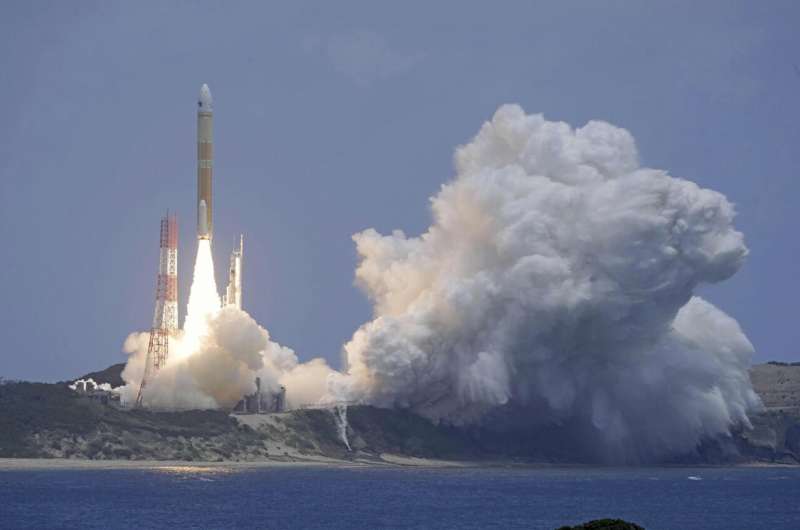
Japan deployed an upgraded Earth observation satellite for disaster response and security after it was launched on a new flagship H3 rocket Monday.
The H3 No. 3 rocket lifted off from the Tanegashima Space Center on a southwestern Japanese island and released its payload about 16 minutes later as planned, the Japan Aerospace Exploration Agency, or JAXA, said during a livestream.
A desert moss that has the potential to grow on Mars

The desert moss Syntrichia caninervis is a promising candidate for Mars colonization thanks to its extreme ability to tolerate harsh conditions lethal to most life forms. The moss is well known for its ability to tolerate drought conditions, but researchers report in the journal The Innovation that it can also survive freezing temperatures as low as −196°C, high levels of gamma radiation, and simulated Martian conditions involving these three stressors combined. In all cases, prior dehydration seemed to help the plants cope.
"Our study shows that the environmental resilience of S. caninervis is superior to that of some of highly stress-tolerant microorganisms and tardigrades," write the researchers, who include ecologists Daoyuan Zhang and Yuanming Zhang and botanist Tingyun Kuang of the Chinese Academy of Sciences.
"S. caninervis is a promising candidate pioneer plant for colonizing extraterrestrial environments, laying the foundation for building biologically sustainable human habitats beyond Earth.
NASA shares two new Moon to Mars architecture white papers

NASA has released two white papers associated with the agency's Moon to Mars architecture efforts. The papers, one on lunar mobility drivers and needs, and one on lunar surface cargo, detail NASA's latest thinking on specific areas of its lunar exploration strategy.
While NASA has established a yearly cadence of releasing new documents associated with its Moon to Mars architecture, the agency occasionally releases mid-cycle findings to share essential information in areas of interest for its stakeholders.
Determining the safest Mars caves for future astronauts
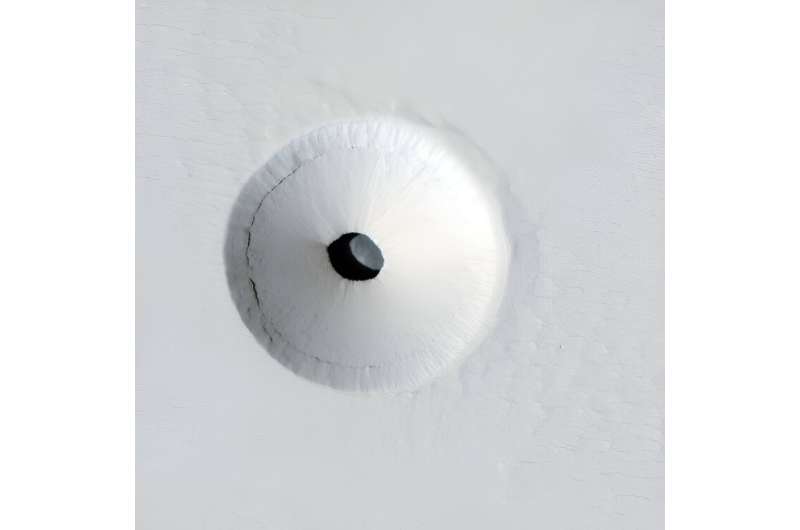
When astronauts land on Mars someday, they might have to live in lava caves or lava tubes to survive the harsh radiation that rains down on the Martian surface every second. But which caves could offer them the best chance of survival?
This is what a recent study presented at the 55th Lunar and Planetary Science Conference hopes to address as Dr. Anatoliy P. Vidmachenko from the National University of Life and Environmental Sciences of Ukraine investigated where, how, and why lava tubes and lava caves could aid future Mars astronauts regarding their survival.
This study holds the potential to help scientists and engineers help mitigate risks for future Mars astronauts and what steps that need to be taken to make that a reality.
Mission success: HERA crew successfully completes 45-day simulated journey to Mars
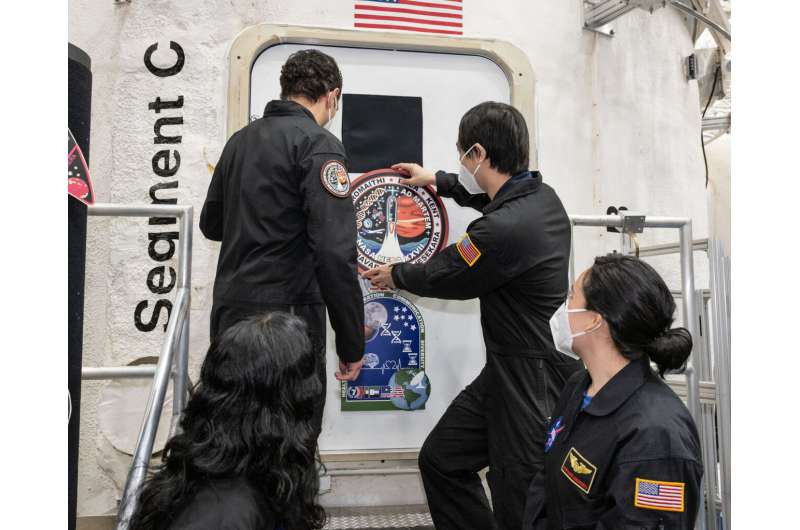
Four dedicated explorers—Jason Lee, Stephanie Navarro, Shareef Al Romaithi, and Piyumi Wijesekara—just returned from a 45-day simulated journey to Mars, testing the boundaries of human endurance and teamwork within NASA's HERA (Human Exploration Research Analog) habitat at Johnson Space Center in Houston. Their groundbreaking work on HERA's Campaign 7 Mission 2 contributes to NASA's efforts to study how future astronauts may react to isolation and confinement during deep-space journeys.
Throughout their mission, the crew conducted operational tasks and participated in 18 human health studies. These studies focused on behavioral health, team dynamics, and human-system interfaces, with seven being collaborative efforts with the Mohammed Bin Rashid Space Centre (MBRSC) of the United Arab Emirates (UAE) and the European Space Agency.
NASA Stennis achieves primary success for historic in-space mission
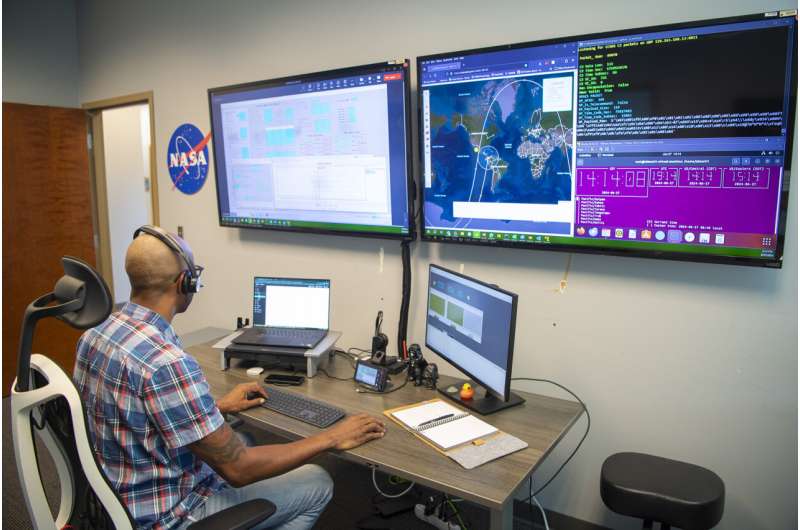
NASA's Stennis Space Center and partner Sidus Space Inc. announced primary mission success July 2 for the center's historic in-space mission—an autonomous systems payload aboard an orbiting satellite.
"Our ASTRA (Autonomous Satellite Technology for Resilient Applications) payload is active and operational," NASA Stennis Center Director John Bailey said. "This is an incredible achievement for Stennis, our first-ever in-space mission flying on a new state-of-the-art satellite.
Robotic rover could support astronauts on moonwalks
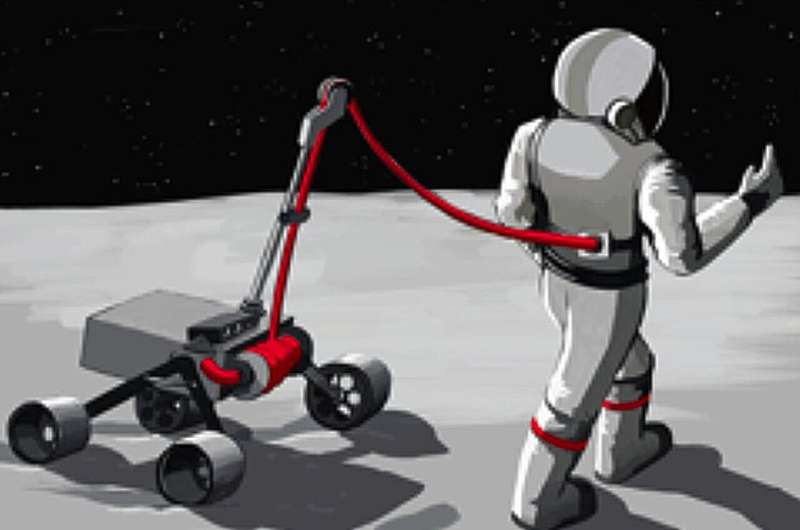
Robotic companions are a mainstay of sci-fi series everywhere. From R2D2 to Johnny 5, these characters typically have a supporting role in the story and are helpful to their human companions. But what if they were integral to the humans in the story? So much so that they couldn't live without their robotic compatriots?
That's the idea behind Biobot, which was given a NIAC grant in 2018—why not use a robotic companion to carry supporting equipment on human extravehicular activities (EVAs) on other planets?
If you watch the footage from the Apollo missions, you can see how awkward it is for the astronauts to bend over to pick things up. Also, these extraordinarily naturally fit and gifted people seem to fall over an awful lot, given how coordinated they are on Earth. That's probably because of a 61 kg pack on their back that is helping to keep them alive.
Each moonwalker had to carry a life support system on their suit to maintain conditions inside the suit that allowed them to breathe and not cook to death.

